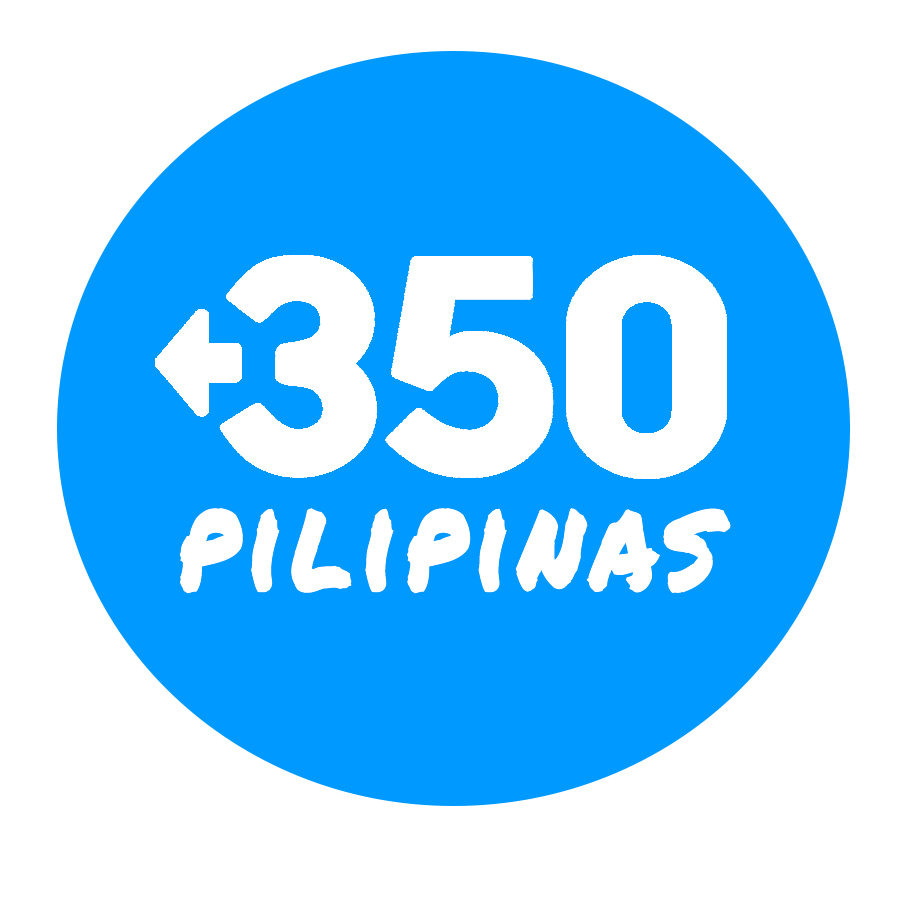Chuck Baclagon
Across Asia, the ground is shaking. In Indonesia, the Philippines, Nepal, protests surge even as authoritarian crackdowns tighten. People are rising against injustice. The details differ from place to place—corruption here, inequality there, heavy-handed policing everywhere—but the story is the same: a system that puts profit over people, power over justice, extraction over life. These upheavals aren’t isolated. They are echoes of the same logic that treats humans and the planet as disposable. Inequality and ecological collapse aren’t accidents—they are payback from a system whose time is running out. And now, that system is cracking. Danger and possibility appear side by side.
In different parts of Asia, the streets turned violent again. And yet, violence isn’t just a soldier’s gun or a policeman’s baton. It’s the slow attrition of poverty, the suffocation of polluted air, the diminishment of dignity in a world designed to exploit. The system relies on violence—both spectacular and invisible—to maintain itself. To resist it is not only to withstand its eruptions but to challenge its normalcy. This is why standing firm without responding in kind matters: to reveal that violence is not an exception but the ground on which we are asked to act. Accepting that violence is the logical offspring of an exploitative system is not the same as endorsing it; responding with violence only confirms its logic.
Nonviolent resistance, however, is never compliance. It is active, creative, strategic. It asks us to act boldly while affirming life, even as we confront injustice. Strength in restraint is intentional, courageous, and guided by moral clarity. It refuses to mirror the aggression we oppose, yet mobilizes with organization, discipline, and vision. To act decisively without undermining the humanity we aim to protect demands courage: standing firm while refusing to strike back, drawing a line not in blood, but in solidarity.
At the same time, there is recognition that Draw The Line is unfolding in a highly volatile political and social conjuncture—one that exists within the broader climate crisis, which deepens existing inequities. It is therefore vital that we continue to highlight the urgency and ambition needed to confront the climate emergency as an equally important challenge, since this message risks being overshadowed by immediate political developments. In this moment, drawing a clear line is a declaration that life, dignity, and the planet are non-negotiable, even as the old systems shake.
We are walking a narrow line between hope and action. On the edge of collective extinction, despair is not an option. We push back with vision: a world where life is not commodified, where people and the planet are not disposable. The upheavals we see are warnings and opportunities, reminders that centuries of extraction, oppression, and inequality are coming due—and that the system’s days are numbered.
To stand, to resist, to Draw the Line now is to commit to a future worth living for: one that defends the vulnerable, restores balance to the Earth, and transforms despair into organized, life-affirming action. Discipline in action is our tool, our strategy, and our moral compass. It guides us to act firmly yet without hatred, strategically yet with compassion, courageously yet without destruction.
Draw The Line asks us to recognize the edge we occupy. Fire on one side, silence on the other. Yet we do not despair. Choosing life in the face of domination is a refusal to accept inevitability, a determination to affirm life even when the odds are terrible.
Draw the Line is a call to action to take our future back into our hands.
Floods, droughts, storms, and heatwaves are getting worse. Food and energy costs are going up while a few billionaires profit and prop up the industries that harm people and pollute our lands, air and waters.
To solve the climate crisis, the answer is us — the people.
This world is ours. This is our line to draw.
Hope is not optimism. It is stubborn. It is continuing. It is building. It is choosing life when despair is easier. Every march, every bike ride, every banner unfurled is rehearsal for another world. Not a utopia far away, but one as near as clean air in our lungs, streets where children move safely, rivers that still run. To insist on this vision is to reclaim what has been stolen from us by a system that profits from collapse.
The old world is crumbling. Its collapse will not be gentle. Its days are numbered. That is why we must Draw the Line now—for life, for people, for the planet. If we do not, others will continue to draw lines that exclude, exploit, and extinguish.
We draw the line not only against what we reject, but toward what we affirm: a future where life is precious, not disposable; where people and planet are not commodities; where standing together in courage and principle is itself a prophecy of what can still be won.
